If there is a deviation to one side and then back to the midline, or alternatively first to one side then across to the other and back to the midline, with the mandibular incisal midline coinciding with the maxillary incisal midline at maximum opening, this would imply that there has been a temporary obstruction to smooth mandibular movement, possibly due to disc displacement with reduction ( Figure 3.3b).
If the mandible moves obliquely from the start of the opening cycle to the end of the opening cycle, this may imply that there are adhesions within the joint, with one condyle moving less well than the other throughout the range of movement ( Figure 3.3c).
If the mandible moves vertically during the first phase of movement and then has an abrupt lateral deviation, this could imply that there is disc displacement without reduction. In this instance, the mouth opens normally until the head of the condyle on the affected side encounters the disc in the unexpected and displaced position. Further translation of the condyle is prevented, thereby resulting in marked lateraldeviation ( Figure 3.3d).
Let us now consider the features of lateral movements. If there is disc displacement without reduction on one side and not the other, let us assume that this is the right side; the patient will be able to move the mandible to the right very much more freely than to the left because, on right lateral excursion, the right condyle pivots in the fossa and lateral jaw movement is attainable. If, however, as is usually the case, the intra‐articular disc is displaced anteromedially, lateral movements of the mandible to the left side will be reduced because the condylar movement will be blocked by the disc, thereby severely limiting mandibular excursion in this direction.
Maxillary and mandibular midlines 
If a patient has a straight pathway or transient mandibular deviation during opening, then at maximum opening the upper and lower midlines will coincide ( Figure 3.4). In the case of a patient with disc displacement without reduction, the maxillary and mandibular incisal midlines will remain coincident until the point at which the head of the condyle encounters the displaced disc and a lateral shift will then occur. There will then be an obvious discrepancy between the upper and lower centre lines at maximum opening ( Figure 3.5).
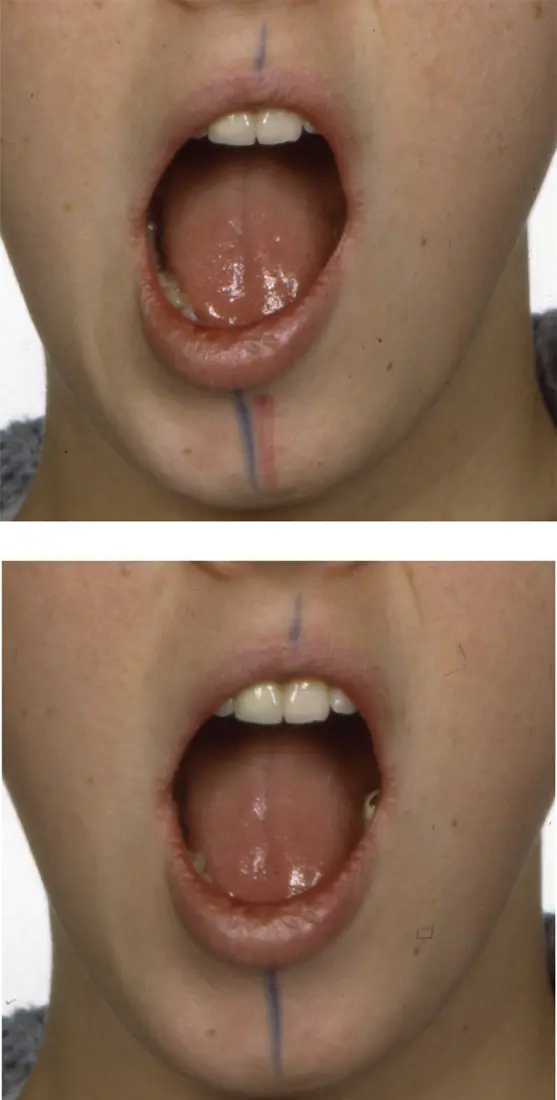
Figure 3.4(a, b) Transient mandibular deviation during opening.
(M. Ziad Al‐Ani, Robin J.M. Gray.)
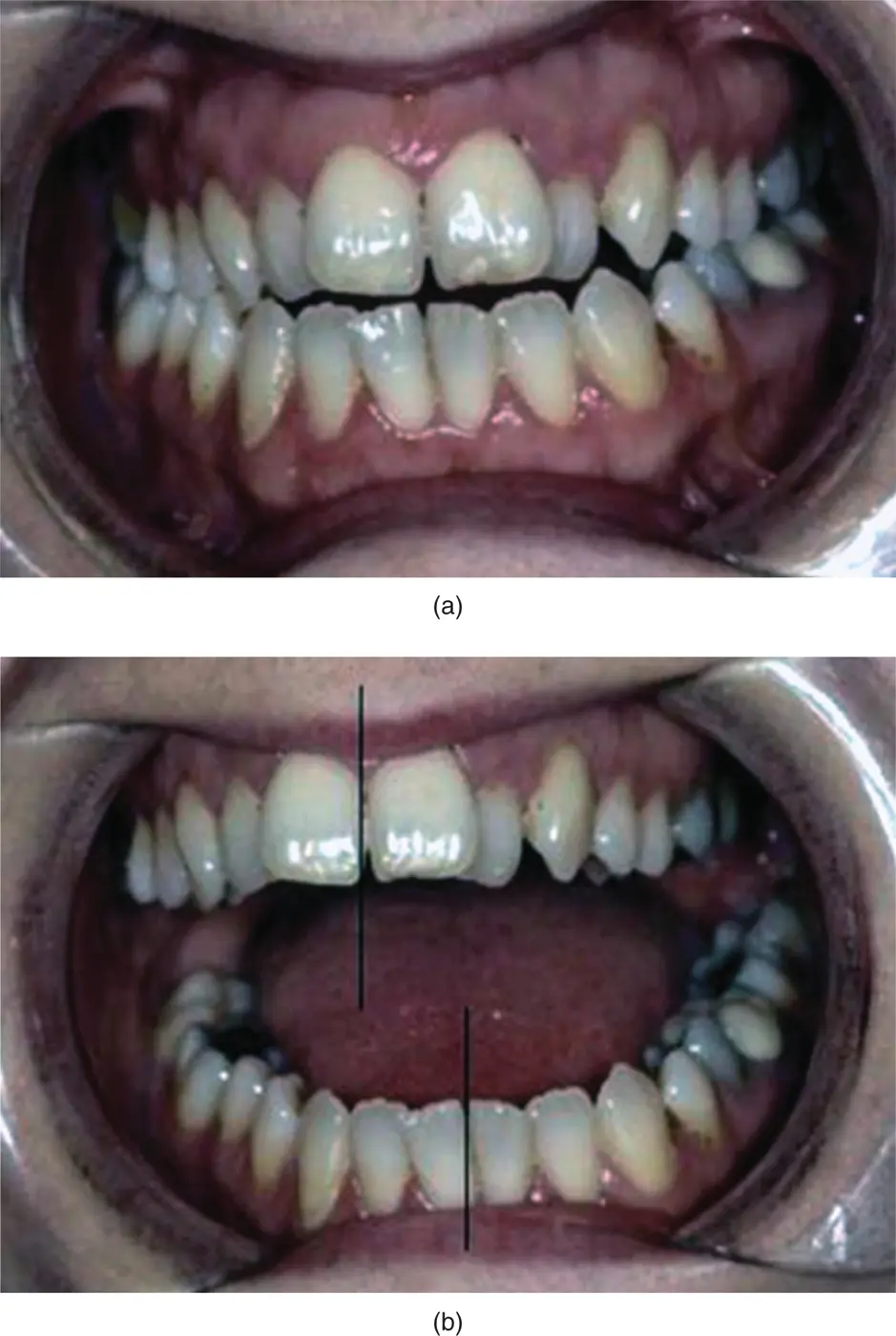
Figure 3.5Lasting deviation to the left. (a) Mouth closed; centre lines coincident. (b) Mouth open; mandibular deviation to the left.
(M. Ziad Al‐Ani, Robin J.M. Gray.)
When there are adhesions in the joint, either between the disc and fossa or the disc and the head of the condyle, then from the start of opening, the maxillary and mandibular incisal centrelines will not coincide.
TMJ tenderness can be elicited by different examination techniques: lateral palpation in the immediate preauricular area, intra‐auricular palpation via the external auditory meatus or manipulation of the mandible to a retruded position.
The lateral aspect of the joint is palpated by pressing gently over the immediate preauricular area, both at rest and during motion ( Figure 3.6).
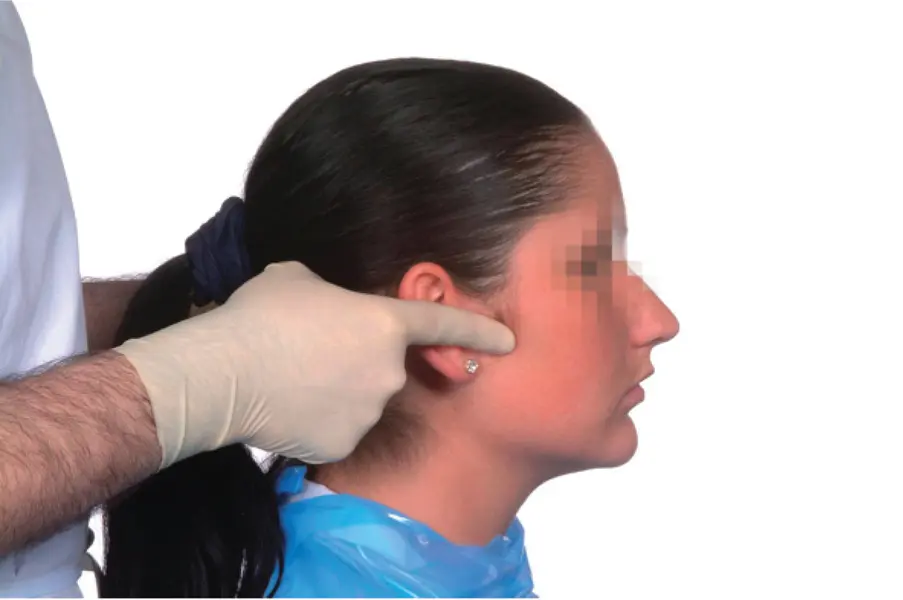
Figure 3.6Lateral palpation of the temporomandibular joint.
(M. Ziad Al‐Ani, Robin J.M. Gray.)
Tenderness is thought to indicate the presence of inflammation in the capsule. Anatomically, this area is not as well innervated as the posterior part of the joint, and more useful information can be obtained by intra‐auricular palpation.
Intra‐auricular palpation
TMJ pain and tenderness are mainly related to the area of the posterior bilaminar zone of the disc and the posterior aspect of the capsule. Examination of this area can be achieved more readily and reliably by intra‐auricular palpation. This involves placing the little finger in the external auditory meatus on one side at a time and applying gentle forward pressure, while asking the patient to open and close the mouth ( Figure 3.7).
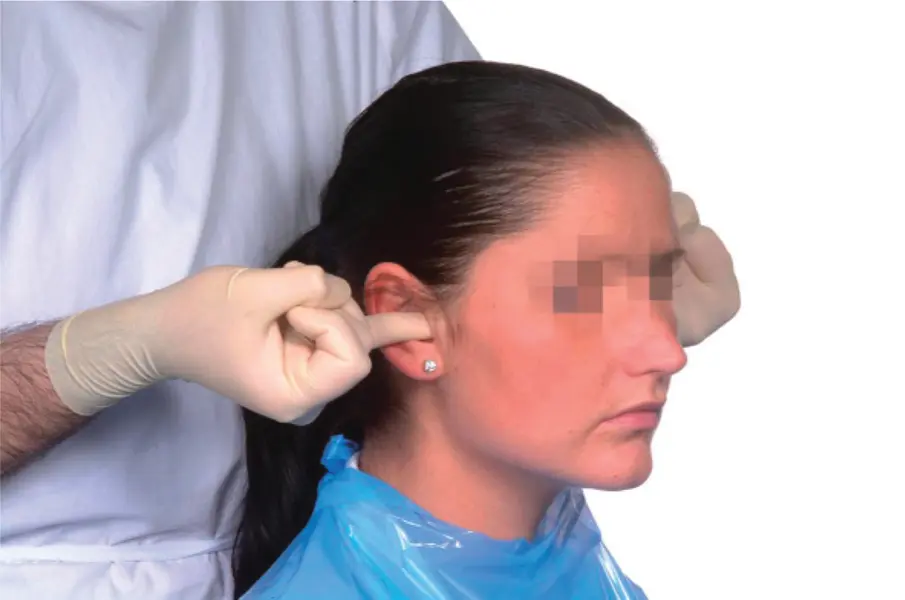
Figure 3.7Intra‐auricular palpation of the temporomandibular joint.
(M. Ziad Al‐Ani, Robin J.M. Gray.)
Be aware that, if there is acute disc displacement, this method of examination can be very uncomfortable for the patient.
Examination by manipulation of the mandible
With the patient relaxed, the mandible is gently manipulated posteriorly by gentle pressure applied to the symphysis region. This is a method of eliciting tenderness in the posterior bilaminar zone by compressing this area of tissue between the distal part of the condyle and the fossa if there is disc displacement. Again, this can be very uncomfortable so only gentle manipulation should be used.
Mandibular (masticatory) muscle tenderness 
 2
2
Masseter muscle
This muscle can be palpated bimanually by placing one finger intraorally and another externally on the cheek. The origin of the masseter muscle along the anterior two‐thirds of the zygomatic arch is the area frequently found to be tender ( Figure 3.8a). There is often a palpable difference between one masseter and the other in that, on the affected side, the muscle tends to be ‘bunched up’ and quite easy to palpate, whereas on the unaffected side the muscle has a soft rubbery consistency and the margin is less easy to define. The insertion of the masseter on the outer aspect of the angle of the mandible should be palpated ( Figure 3.8b), but this is less frequently found to be tender.
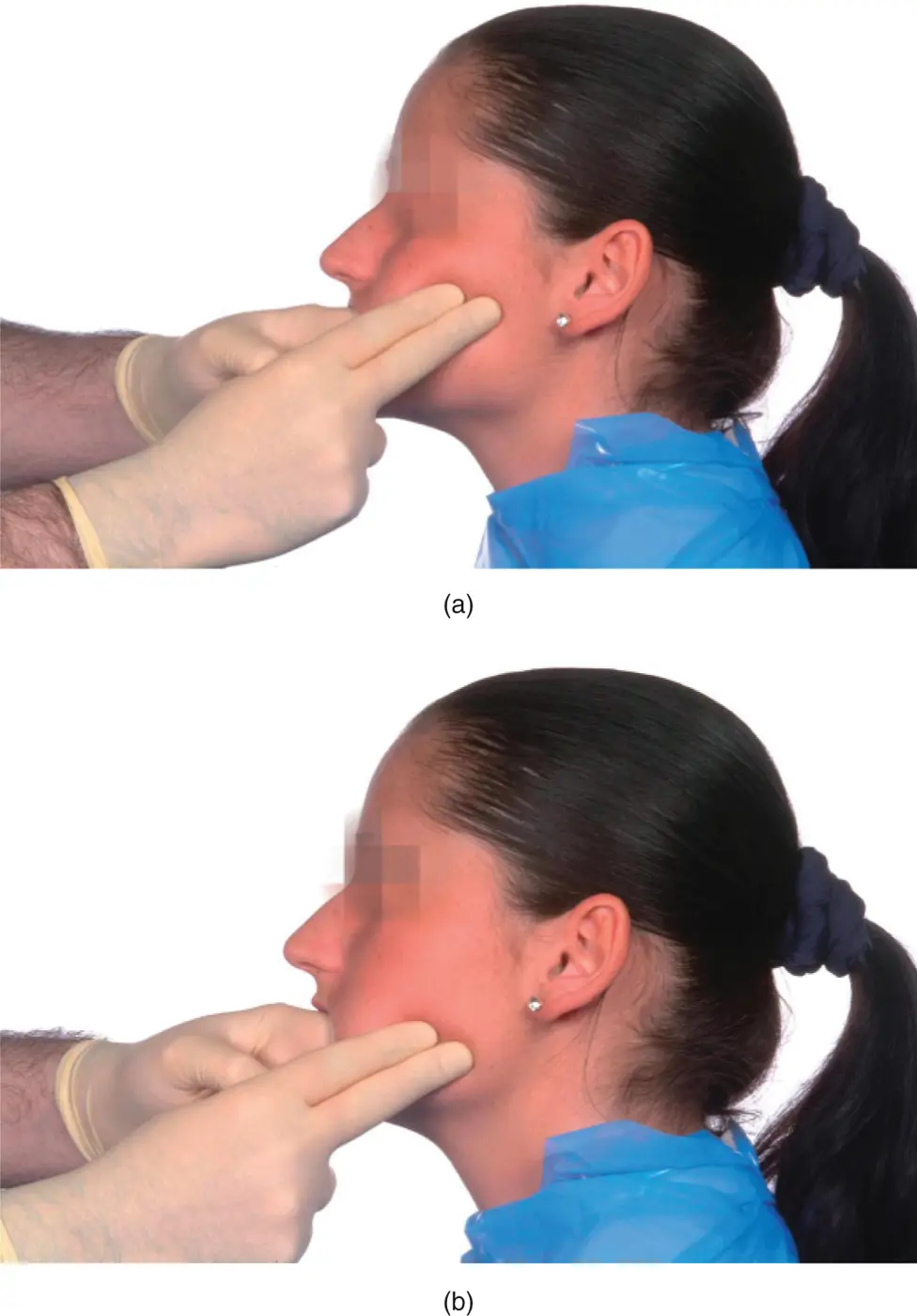
Figure 3.8(a) Palpation of the origin and (b) insertion of the masseter.
(M. Ziad Al‐Ani, Robin J.M. Gray.)
Читать дальше
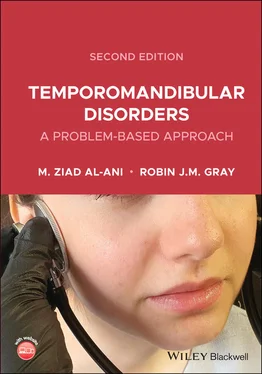



 2 and
2 and 





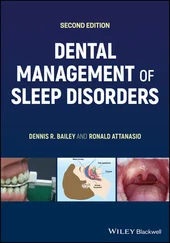







![John Bruce - The Lettsomian Lectures on Diseases and Disorders of the Heart and Arteries in Middle and Advanced Life [1900-1901]](/books/749387/john-bruce-the-lettsomian-lectures-on-diseases-and-disorders-of-the-heart-and-arteries-in-middle-and-advanced-life-1900-1901-thumb.webp)